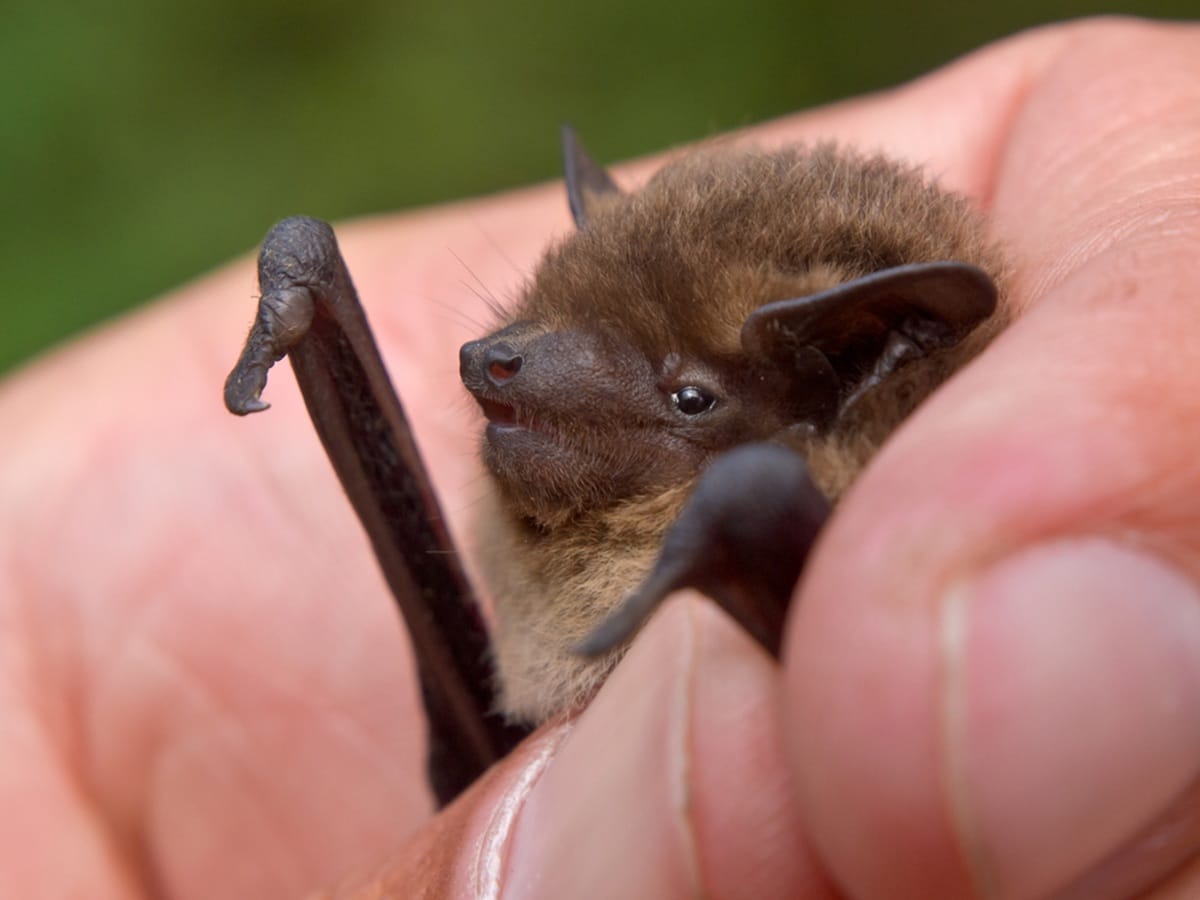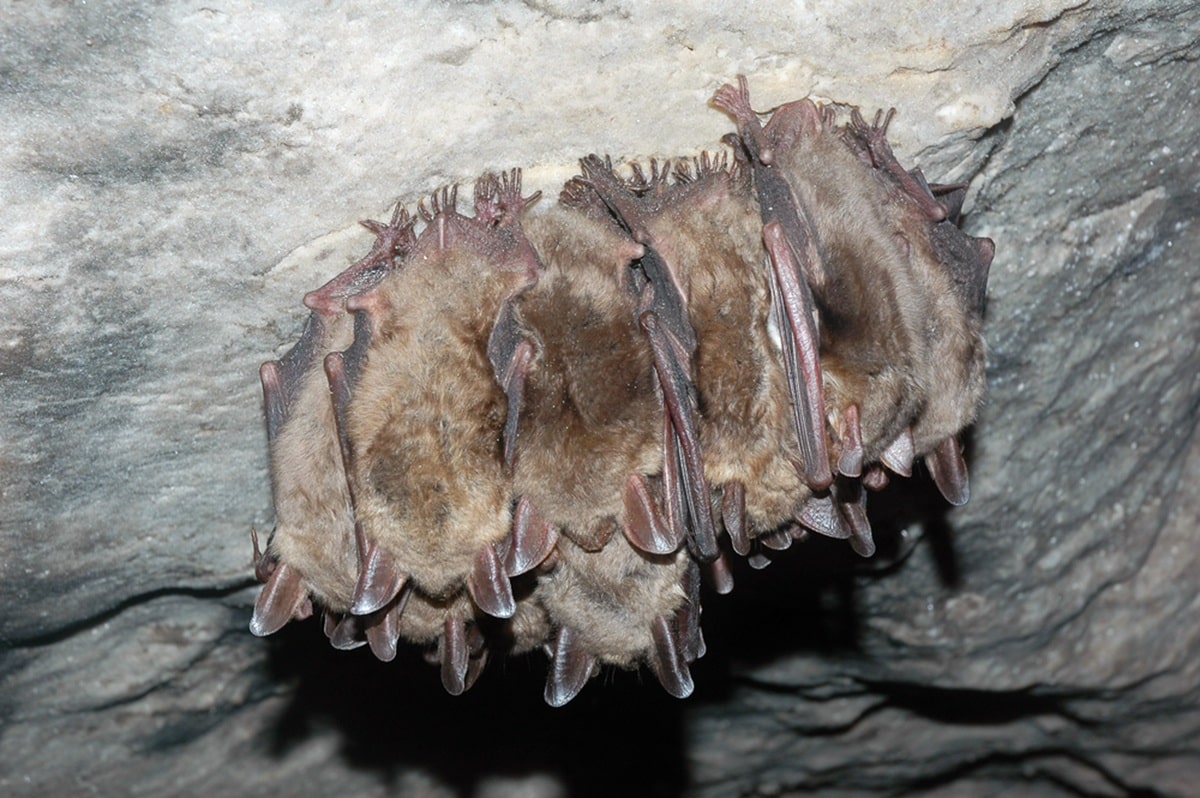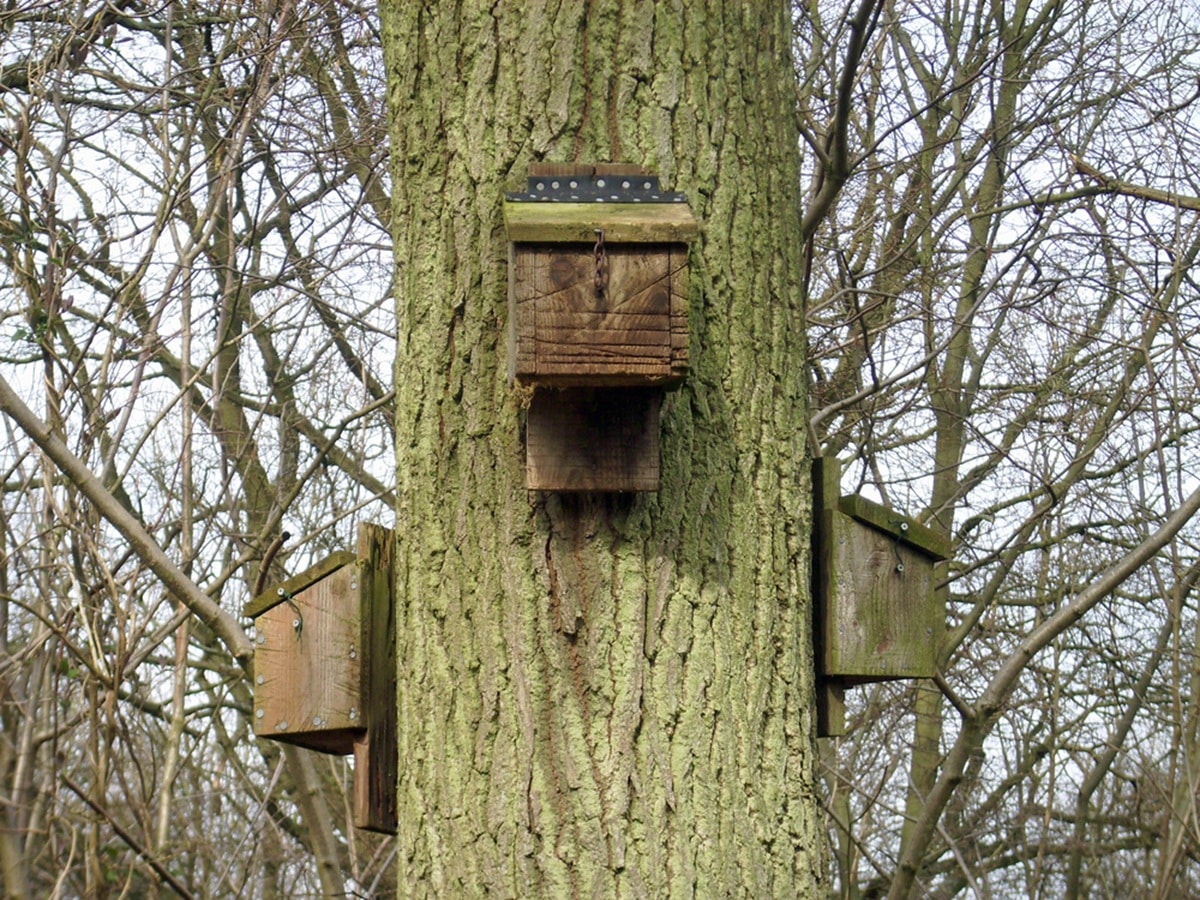Urban Ecology in Scotland’s Capital
Edinburgh, the historic and vibrant capital of Scotland, is widely recognised for its architectural beauty, rich heritage, and cultural significance. While much of the city is urbanised, with sprawling residential areas, historic buildings, and bustling commercial zones, it still provides a surprisingly diverse and suitable habitat for bats. From the tenement roofs of Leith to the wooded glens of Holyrood Park, Edinburgh offers many roosting opportunities that make bat surveys in Edinburgh a common requirement for development projects.
Potential bat roosting sites include attics, roof voids, garages, old stone buildings, bridges, trees and even beneath loose tiles or flashing. While many of these structures blend into the urban landscape, they may still hold ecological significance, especially where protected species are involved. Bats choose roosting locations based on environmental conditions, availability of insect prey, and the safety the site offers, and in a temperate climate like Edinburgh’s, they are particularly sensitive to changes in land use.
Extensive Bat Protection Legislation
Bats are strictly protected by UK and Scottish legislation, largely due to declining populations and loss of habitat. It is a criminal offence to deliberately disturb bats, deliberately capture or kill bats, or to damage or destroy their roosts – even if they’re not currently occupied. This makes bat surveys in Edinburgh essential during planning stages of development, whether it involves modifying an old tenement building, converting a barn in Midlothian, or clearing land for new infrastructure.

Bat Conservation in Edinburgh and the Lothians
Protecting bat species in the UK falls under several key pieces of legislation, including the Wildlife and Countryside Act 1981 and the Conservation of Habitats and Species Regulations 2017. NatureScot is the statutory nature conservation body in Scotland responsible for enforcing protections surrounding legally protected species.
While the Bat Conservation Trust monitors bats nationally and advises on how to approach situations involving bats, locally, bat conservation efforts are supported by groups such as the Lothians Bat Group, which promotes education, community engagement and practical bat care across Edinburgh, East Lothian, Midlothian and West Lothian. These groups often respond to reports of injured bats, help track bat populations and ensure features in the landscape remain protected to allow local bat habitats to thrive. Several species are present in the area, including common and soprano pipistrelles, Daubenton’s bat, brown long-eared bat, and noctule bat – each with different roosting habits and levels of sensitivity to disturbance.
Consultation when Bats are Present
Ecology consultants, local planning authorities, and developers frequently consult with groups like Lothians Bat Group to ensure that any development activity complies with UK and European legislation. In many cases, the planning department of the City of Edinburgh Council or neighbouring planning authorities will request professional bat surveys as part of the planning application process, particularly if the development involves roof works, barn conversions, or felling mature trees.

When is a Bat Survey in Edinburgh needed?
A bat survey may be triggered in several ways. If bats or signs of bat activity are observed during site inspection, or if a Preliminary Ecological Appraisal suggests that the site may offer potential roosting features, then a full Preliminary Roost Assessment will likely be required. This is the first stage in the bat survey process; it includes an internal and external inspection of the building or trees, with a qualified ecologist looking for physical signs of bats, such as droppings, feeding remains, staining, or potential access points.
The Preliminary Roost Assessment may also identify the presence of other protected species such as great crested newts or water voles, triggering the requirement for further ecological surveys and protected species surveys.
Further Bat Surveys May Be Required
If the presence of bats cannot be ruled out during the Preliminary Roost Assessment, or if evidence of bats is discovered, a further bat survey will be needed. This usually takes the form of a Bat Emergence and Re-Entry Survey (BERS), also referred to as dusk emergence or dawn re-entry surveys or activity surveys. These bat surveys are seasonally constrained and must be undertaken between May and September, when bats are active and detectable. Ecologists will visit the site multiple times at dusk and/or dawn during activity surveys, using bat detectors, thermal imaging cameras and visual observation to record bat activity, identify species present and bat populations.
Details in the Bat Report
Following the bat surveys, a detailed bat report is produced, summarising the findings and providing recommendations. If no bats are found and the site is deemed to have low potential for roosting, then the report can support a straightforward planning approval. However, if bat emergence surveys record bat activity, or there is high potential for roosting, the report will outline mitigation strategies and bat protection plans that will satisfy a local authority that a scheme will not disturb bats and allow planning permission to be granted.
A Range of Mitigation Measures
Mitigation plans may include installing bat boxes, timing restrictions on construction work, or obtaining a licence to legally carry out work that could impact a bat roost. Following this process should allow a planning application to be granted and enable building fabric projects to continue.

A First Class Service for Bat Surveys in Edinburgh
Our ecology consultancy specialises in delivering a high quality service for bat surveys, other protected species surveys and ecological surveys in Edinburgh and throughout Scotland. Our consultants have dealt with many projects and have routinely provided timely and specialist expertise, enabling them to have all the answers to your questions when a scheme will affect bats.
They are fully licensed and trained in ecological assessment and mitigation, with in-depth knowledge of local authority planning policy and environmental legislation. We understand the challenges developers face when bats are present and aim to make the process as smooth and efficient as possible, responding in a prompt and professional manner to all ecological requirements.
If a European Protected Species Licence (EPSL) is required to legally disturb or relocate bats or a bat roost, our team can help prepare and submit the application, including all necessary supporting evidence, site drawings, and mitigation plans. We work closely with local planning authorities and conservation bodies to ensure that your application for planning permission has the best chance of being approved swiftly.
The first point of contact for your ecological surveys
To receive a free quote for a bat survey in Edinburgh, or other ecological surveys for other species, simply get in touch via our contact page and provide details about your site and development plans. Our team will assess the information, offer helpful advice and provide a keenly priced quote for the work required. If you’re happy to proceed, we’ll schedule your survey at a time that suits you, helping you stay on track with your planning timeline.
By choosing to work with experienced bat survey professionals with extensive and specialist expertise, you can ensure that your planning projects are dealt with in a compliant manner making them less likely to experience unnecessary delays.
